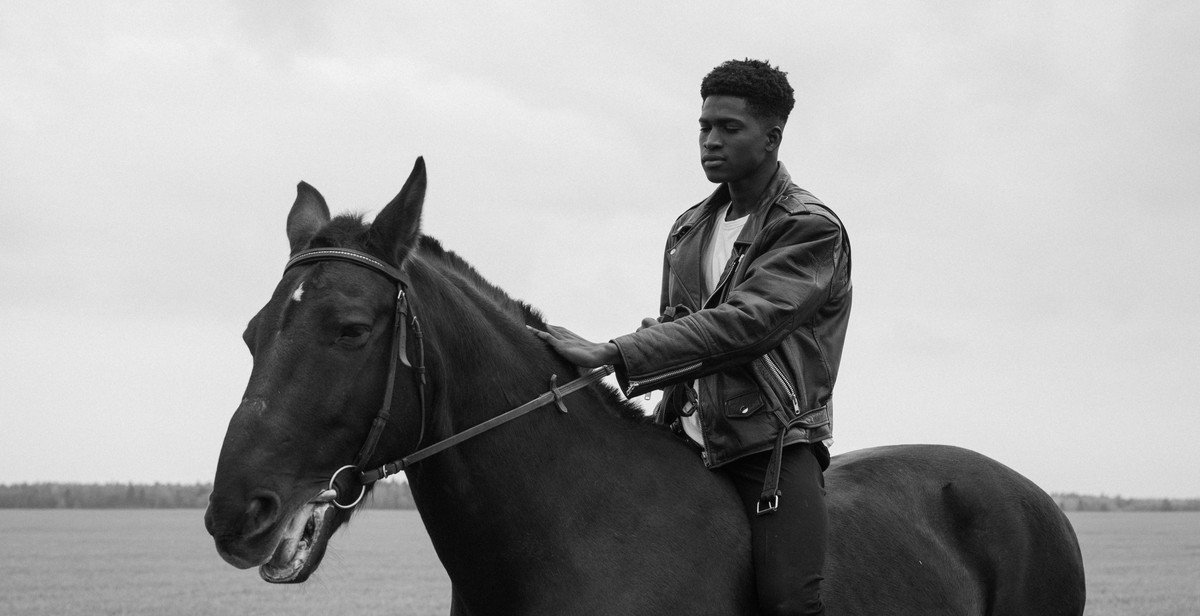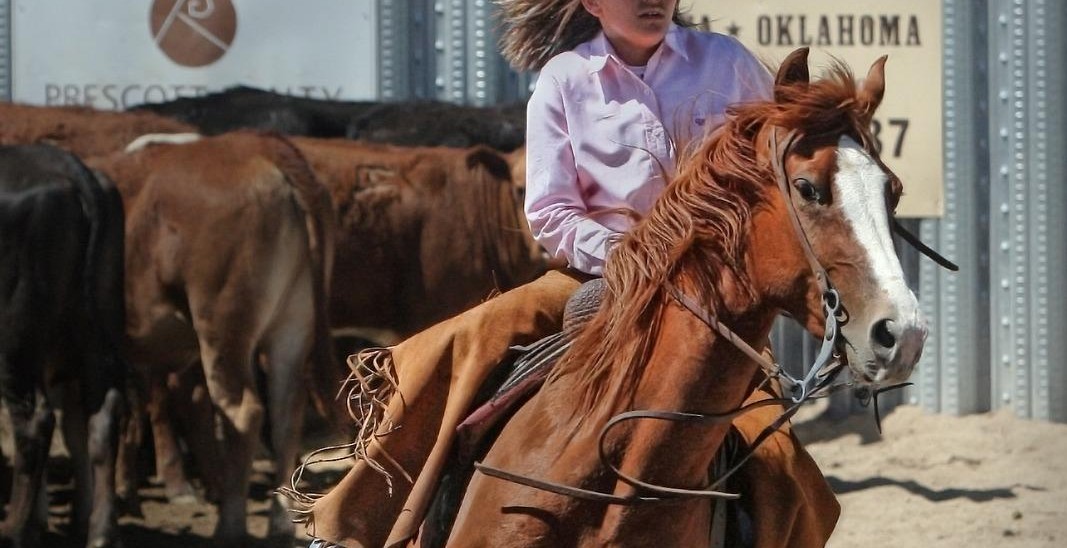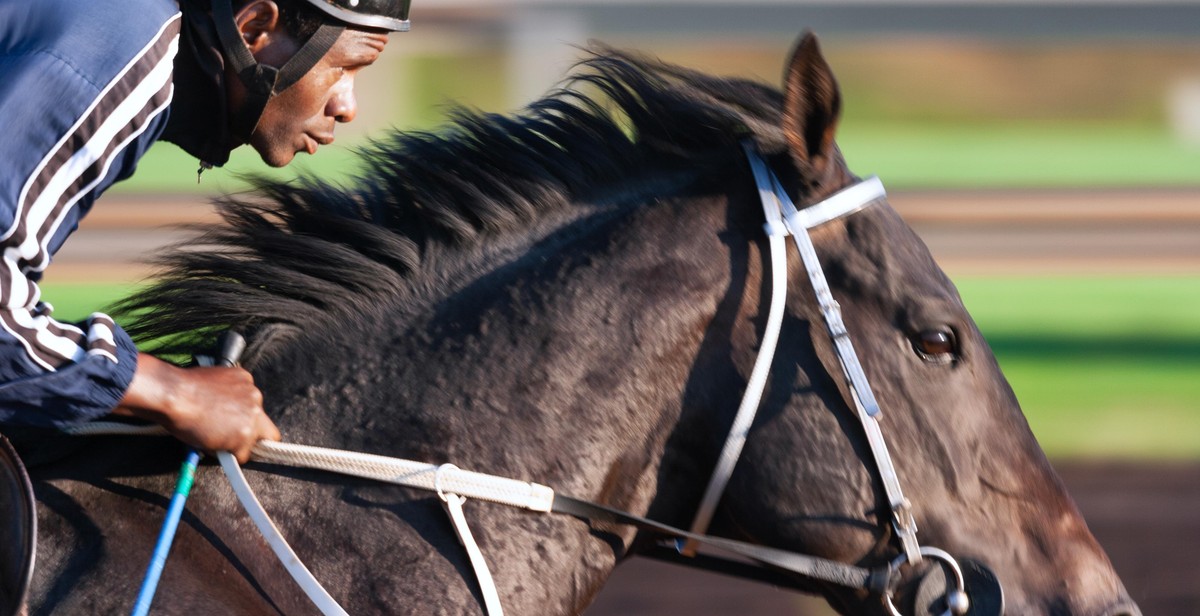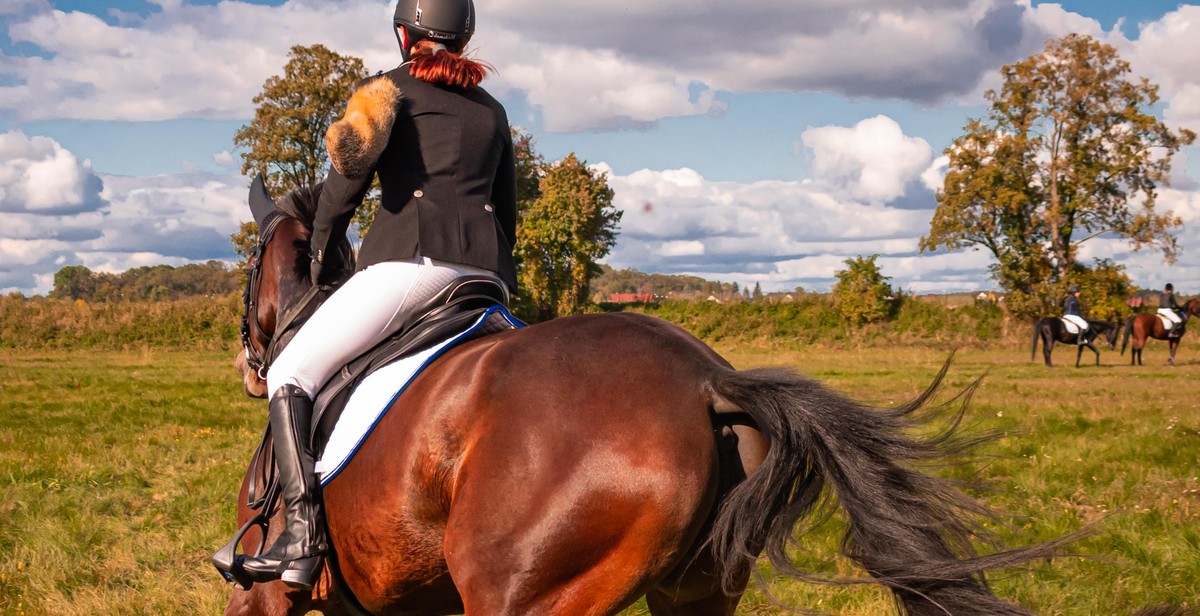How to Ride a Horse: Beginner’s Guide to Horseback Riding
If you’re a beginner to horseback riding, you may be wondering where to start. Horseback riding is a fun and exciting activity that can be enjoyed by people of all ages. However, it’s important to learn the proper techniques and safety precautions before hopping on a horse.
My Personal Experience with Horseback Riding
As a professional article writer and content creator, I’ve had the opportunity to ride horses in various settings. From trail rides to show jumping competitions, I’ve experienced the thrill and joy that comes with horseback riding. But, I also understand the importance of proper training and safety measures.
The Benefits of Horseback Riding
Aside from being a fun activity, horseback riding has many benefits. It can improve your balance, coordination, and posture. It’s also a great way to get some exercise and fresh air. Plus, there’s nothing quite like the bond that can form between a horse and rider.
What You’ll Learn in This Beginner’s Guide
In this beginner’s guide to horseback riding, we’ll cover everything you need to know to get started. You’ll learn about the different types of horses, riding equipment, and basic riding techniques. We’ll also cover important safety tips and what to expect during your first riding lesson.
So, let’s get started on this exciting new adventure!
Choosing the Right Horse
Before you start horseback riding, you need to choose the right horse that suits your needs and abilities. Here are some factors to consider when selecting a horse:
Consider Your Riding Goals
Think about what you want to achieve in horseback riding. Are you interested in trail riding, jumping, dressage, or rodeo events? Different horse breeds are suited to different disciplines, so it’s important to choose a horse that matches your riding goals.
Assess Your Riding Ability
Be honest about your riding skills. If you’re a beginner, you’ll need a horse that’s calm and easy to handle. If you’re an experienced rider, you may want a horse that’s more challenging to ride.
Determine the Right Breed
Research different horse breeds and their characteristics. For example, if you’re interested in jumping, you may want a Thoroughbred or Warmblood. If you’re looking for a horse that’s good with kids, a Pony or Quarter Horse may be a good choice.
Evaluate the Horse’s Temperament
The horse’s temperament is crucial to your riding experience. You want a horse that’s calm, obedient, and willing to work with you. Spend time with the horse before you buy or lease it to get a sense of its personality and behavior.
By considering your riding goals, assessing your riding ability, determining the right breed, and evaluating the horse’s temperament, you’ll be able to choose the right horse for your needs and enjoy a safe and rewarding horseback riding experience.

Preparing for Your Ride
Before you start your first horseback riding lesson, there are a few things you need to do to prepare. These include wearing proper attire, learning basic horse care, and familiarizing yourself with basic riding terms.
Wear Proper Attire
Wearing appropriate clothing is essential for your safety and comfort when riding a horse. You should wear comfortable, close-fitting clothes that allow you to move freely. Avoid wearing loose clothing that could get caught on the saddle or reins. Long pants are a must, as they protect your legs from rubbing against the horse. Wear sturdy boots with a low heel that covers your ankle to protect your feet and provide proper support.
Learn Basic Horse Care
Before you get on a horse, it’s important to learn basic horse care. This includes how to groom a horse, how to tack up a horse, and how to check for any signs of injury or illness. Understanding basic horse care will help you develop a better relationship with your horse and keep both you and the horse safe during your ride.
Learn Basic Riding Terms
Learning basic riding terms will help you communicate effectively with your instructor and other riders. Some common terms include:
- Walk: the slowest gait of a horse
- Trot: a faster gait than walk, but slower than a canter
- Canter: a faster gait than a trot
- Rein: the straps used to control the horse’s direction
- Posting: the act of rising and sitting in the saddle in time with the horse’s trot
By familiarizing yourself with these basic terms, you’ll be able to better communicate with your instructor and understand their instructions during your ride.

Mounting Your Horse
Now that you have adjusted your stirrups, it’s time to mount your horse. Follow these steps to ensure a safe and successful mount:
Approach Your Horse Safely
Approaching your horse safely is crucial to building trust and avoiding accidents. Approach your horse from the side, speaking softly to let them know you’re there. Place your hand on their shoulder or neck to let them know you’re friendly. Avoid walking directly behind your horse, as this can startle them.
Adjust Your Stirrups
Before mounting, double check that your stirrups are adjusted to the correct length. This will help you maintain balance and control while riding. If you need to make adjustments, dismount and adjust them before mounting again.
Mount Your Horse
- Stand on the left side of your horse.
- Hold the reins in your left hand and grab the stirrup with your right hand.
- Place your left foot in the stirrup and push yourself up and over the horse.
- Swing your right leg over the horse’s back and sit down gently in the saddle.
- Adjust your stirrups again if needed.
Remember to keep your weight centered and your heels down while riding. Congratulations, you’ve successfully mounted your horse!

Riding Your Horse
Now that you have mounted your horse, it’s time to learn how to ride. As a beginner, it’s important to focus on finding your balance, using the reins and stirrups, and practicing different gaits.
Find Your Balance
One of the most important things to learn as a beginner rider is how to find your balance on the horse. This means keeping your weight centered over the horse’s center of gravity. To do this, sit up straight with your shoulders back and feet flat in the stirrups. Keep your eyes forward and your core engaged to maintain your balance.
Use the Reins and Stirrups
The reins and stirrups are your main tools for communicating with your horse. Use the reins to direct your horse’s head and neck, and use the stirrups to control your horse’s speed and direction. Remember to keep a light grip on the reins and use your legs to guide your horse.
Practice Different Gaits
As you become more comfortable on your horse, it’s important to practice different gaits. The most common gaits are walk, trot, and canter. Start with the walk, which is the slowest gait, and work your way up to the faster gaits. Remember to keep your balance and use your reins and stirrups to control your horse.
- Practice finding your balance by standing in the stirrups and sitting back down
- Use your reins to guide your horse through turns and stops
- Use your stirrups to control your horse’s speed and direction
Remember, horseback riding takes practice and patience. Don’t be discouraged if you don’t get it right away. With time and practice, you’ll become a confident and skilled rider.

Dismounting Your Horse
After a successful ride, it’s time to dismount your horse. Dismounting a horse is just as important as mounting one, and it should always be done safely and with care.
Prepare to Dismount
Before dismounting your horse, you should make sure that you are in a safe and secure location. Find a flat area with good footing, away from any hazards such as rocks, holes, or other obstacles. Additionally, make sure that your horse is standing still and is calm and relaxed.
Dismount Your Horse Safely
When you are ready to dismount, follow these steps:
- Take both feet out of the stirrups.
- Shift your weight to your left foot and swing your right leg over the horse’s hindquarters.
- Slide down your horse’s side, keeping your hand on the reins and the pommel of the saddle for balance.
- As your feet touch the ground, release the reins and step away from the horse.
Remember, never jump off your horse or dismount from the back of the saddle. This can be dangerous for both you and your horse. Always dismount from the side of the horse and follow the proper steps to ensure a safe dismount.
By following these simple steps, you can safely dismount your horse and end your ride on a positive note.

Conclusion
Learning how to ride a horse can be a fulfilling and exciting experience for beginners. Horseback riding offers a unique way to connect with nature, exercise, and bond with these majestic animals. However, it is essential to approach horseback riding with caution and respect for the horse.
Before getting on a horse, it is important to have the right gear, including a helmet, boots, and comfortable clothing. It is also crucial to understand the basic principles of horse behavior, such as how to approach a horse and how to communicate with them.
When riding a horse, it is important to maintain good posture, balance, and control of the horse. It is also crucial to be aware of the surroundings and avoid any potential hazards. Remember, safety should always come first when horseback riding.
Finally, it is important to have fun and enjoy the experience. Horseback riding can be a great way to relieve stress, improve physical fitness, and create lasting memories with these magnificent animals.
| Tip | Reminder | Advice |
|---|---|---|
| Always wear a helmet. | Respect the horse and its boundaries. | Take lessons from a professional instructor. |
| Wear comfortable clothing and boots. | Be aware of your surroundings. | Practice good posture and balance. |
| Start with a gentle horse. | Never stand behind a horse. | Have fun and enjoy the experience. |
By following these tips and advice, you can have a safe and enjoyable horseback riding experience as a beginner. Remember, practice makes perfect, and with patience and dedication, you can become a skilled and confident horseback rider.
